Need ideas for sloping, shady backyard that won't harm tree
mchembree
10 years ago
Featured Answer
Comments (27)
Yardvaark
10 years agomchembree
10 years agoRelated Professionals
Cottonwood Landscape Architects & Landscape Designers · Middle Island Landscape Architects & Landscape Designers · Chelmsford Landscape Contractors · Flagstaff Landscape Contractors · Merced Landscape Contractors · Rockwall Landscape Contractors · Vermilion Landscape Contractors · Woodland Landscape Contractors · Palos Hills Landscape Contractors · New Carrollton Landscape Contractors · Haddonfield Decks, Patios & Outdoor Enclosures · Hershey Decks, Patios & Outdoor Enclosures · Medford Decks, Patios & Outdoor Enclosures · Norco Stone, Pavers & Concrete · Missouri City Swimming Pool BuildersYardvaark
10 years agolyfia
10 years agomchembree
10 years agomchembree
10 years agoYardvaark
10 years agomchembree
10 years agoYardvaark
10 years agomchembree
10 years agomchembree
10 years agoYardvaark
10 years agomchembree
10 years agoYardvaark
10 years agomchembree
10 years agoemmarene9
10 years agoYardvaark
10 years agomchembree
10 years agotrovesoftrilliums
10 years agomchembree
10 years agoDoolingLandscape
10 years agotrovesoftrilliums
10 years agomchembree
10 years agotrovesoftrilliums
10 years agothejardiner
10 years agothejardiner
10 years ago
Related Stories
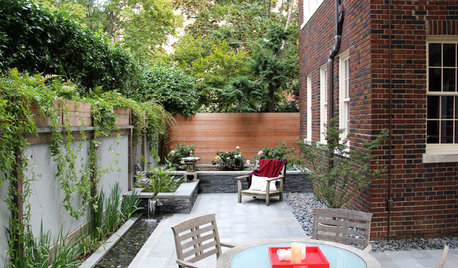
PATIOSPatio Details: Dog Won’t Trample the Plants With This Design
An Asian-inspired backyard redo adds clean lines, a new water feature and a sense of spaciousness — with room for a large beloved dog
Full Story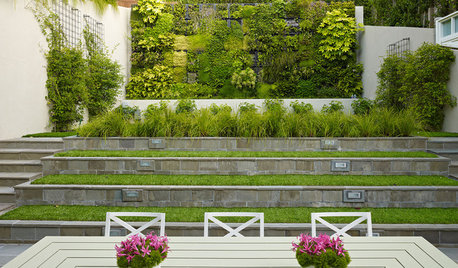
LANDSCAPE DESIGN11 Design Solutions for Sloping Backyards
Hit the garden slopes running with these bright ideas for terraces, zones, paths and more
Full Story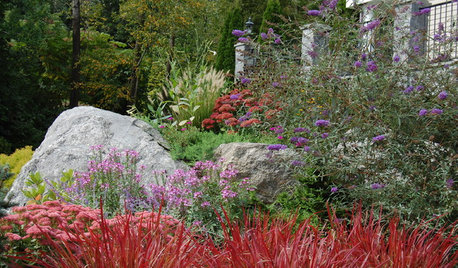
LANDSCAPE DESIGNHow to Design a Great Garden on a Sloped Lot
Get a designer's tips for turning a hillside yard into the beautiful garden you’ve been dreaming of
Full Story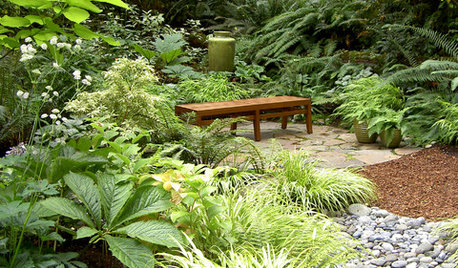
GARDENING GUIDESGreat Garden Combo: 6 Beautiful Plants for a Shady, Wet Site
Transform a shade garden with moisture-loving golden grasses, textural leaves and a sprinkling of flowers
Full Story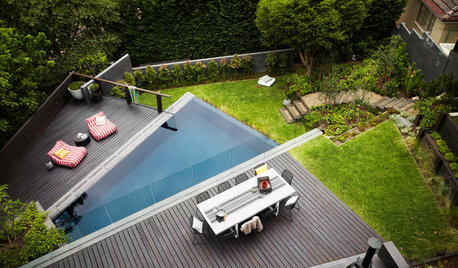
GARDENING AND LANDSCAPINGDesign Solutions for Oddly Shaped Backyards
Is your backyard narrow, sloped or boxy? Try these landscaping ideas on for size
Full Story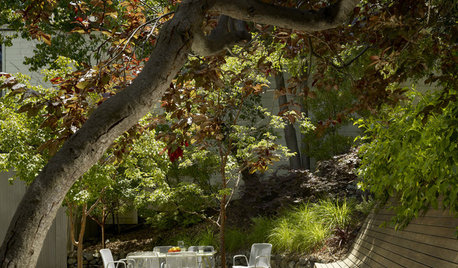
GARDENING AND LANDSCAPINGHow to Create an Outdoor Nest
Arching trees, tall grasses and natural slopes help create cozy spaces in your own backyard
Full Story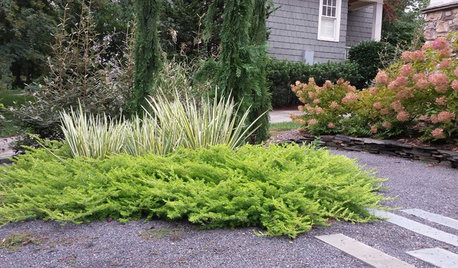
PLANTING IDEASThese Aren’t Your Grandparents’ Junipers
Dislike junipers? Maybe it’s time to discover new varieties and new uses for this garden workhorse
Full Story
MOST POPULAR5 Ways to Hide That Big Air Conditioner in Your Yard
Don’t sweat that boxy A/C unit. Here’s how to place it out of sight and out of mind
Full Story
GARDENING AND LANDSCAPINGHow to Make a Pond
You can make an outdoor fish paradise of your own, for less than you might think. But you'll need this expert design wisdom
Full Story
GARDENING GUIDES10 Top California Native Plants, Trees and Grasses
Enjoy a fuss-free, water-wise garden in the Golden State by growing plants naturally in tune with the climate and wildlife
Full StoryMore Discussions






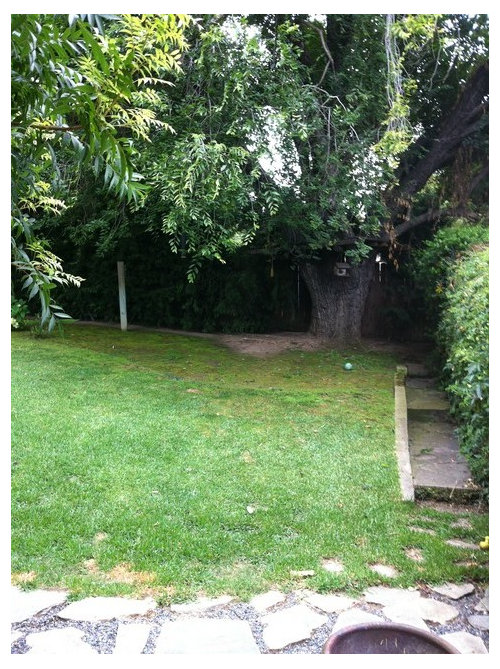
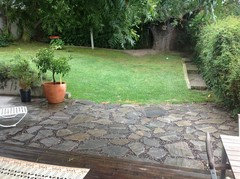

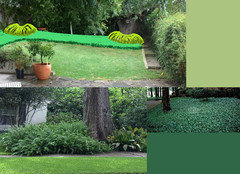
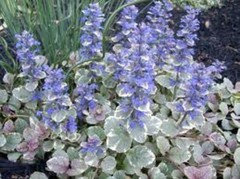


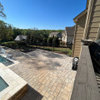



PKponder TX Z7B